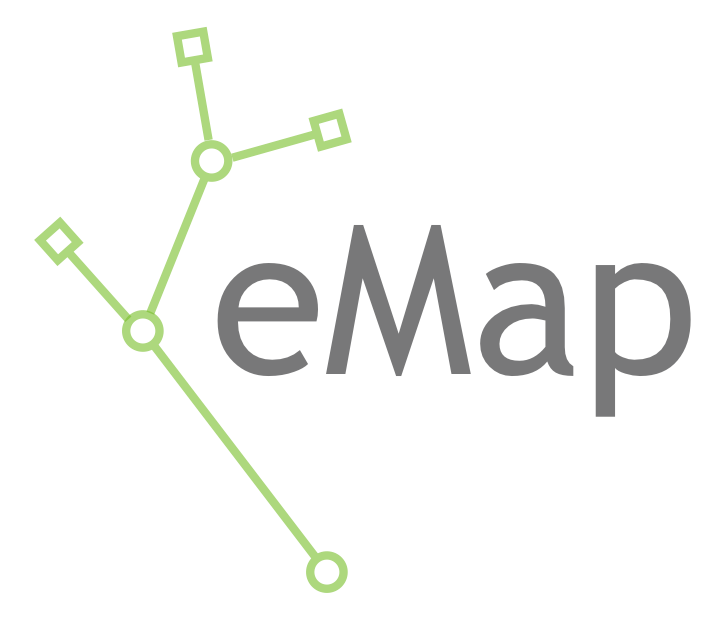Protein Graph Mining
eMap enables automatic identification of shared pathways/motifs amongst families of proteins via protein graph mining. A protein graph is generated for each PDB structure, the nodes and edges of each graph are classified using user-specified parameters, and then specialized algorithms are used to mine for common patterns. For each identified subgraph pattern, all occurrences of the subgraph pattern are clustered into groups based on either structural or sequence similarity. For more details, please refer to the manual or the quick start guide. For first time users wishing to explore the functionality, we suggest loading a sample job on the Load Project page.
eMap enables automatic identification of shared pathways/motifs amongst families of proteins via protein graph mining. A protein graph is generated for each PDB structure, the nodes and edges of each graph are classified using user-specified parameters, and then specialized algorithms are used to mine for common patterns. For each identified subgraph pattern, all occurrences of the subgraph pattern are clustered into groups based on either structural or sequence similarity. For more details, please refer to the manual or the quick start guide. For first time users wishing to explore the functionality, we suggest loading a sample job on the Load Project page.
Step 1: Specify Crystal Stuctures
Step 2: Graph Mining

Distance Options
Aromatic Amino Acids
Additional Amino Acids to Include
PDB ID
Surface Definition

Analysis: Frequent Subgraph Patterns
Analysis: Protein Subgraphs
Clustering:


